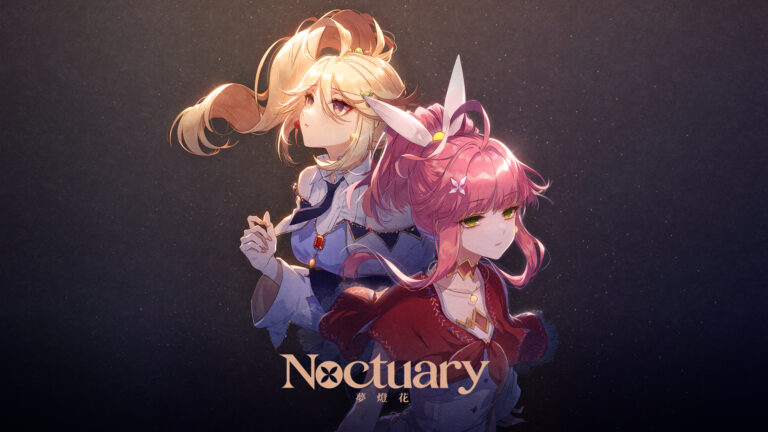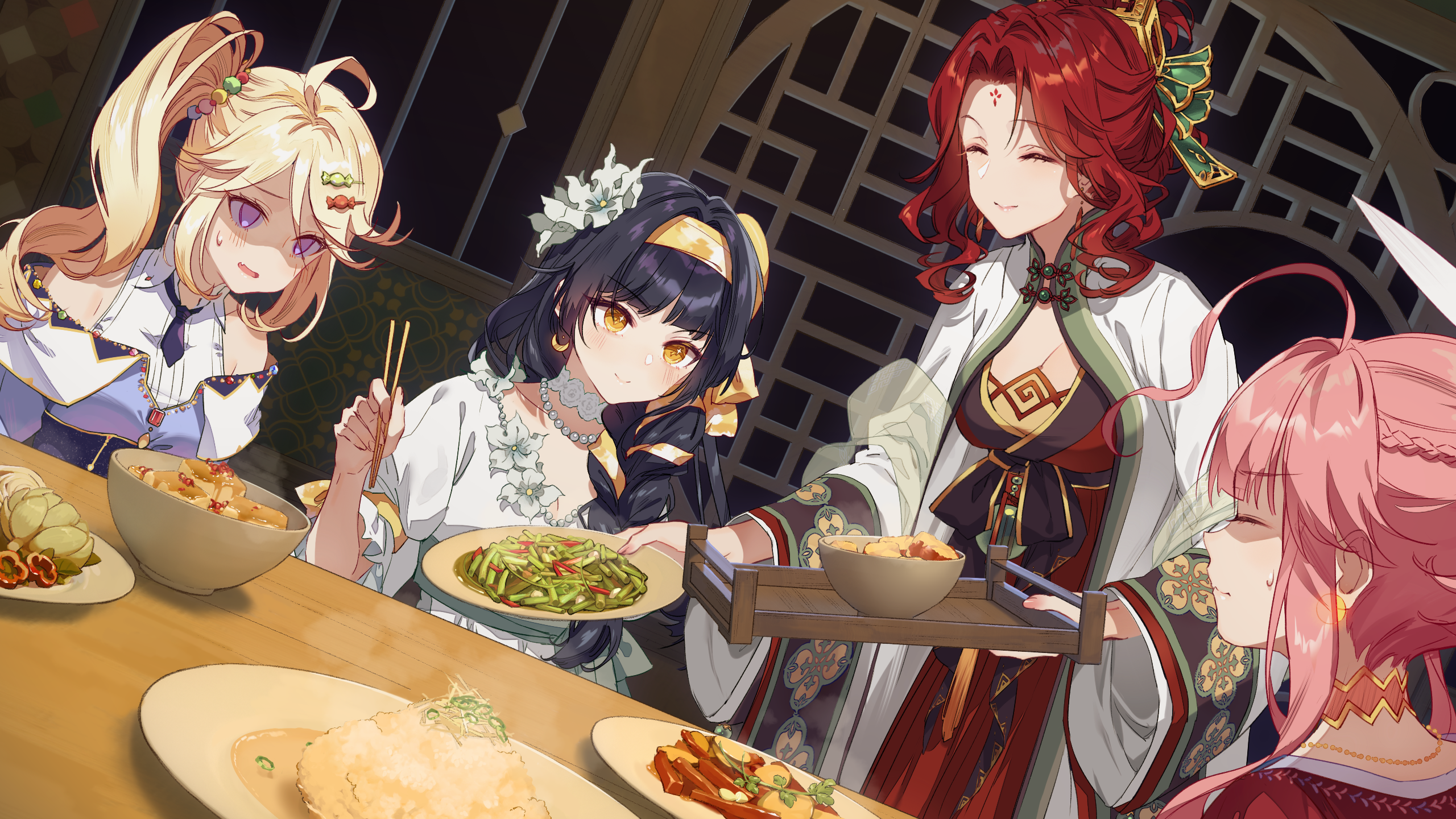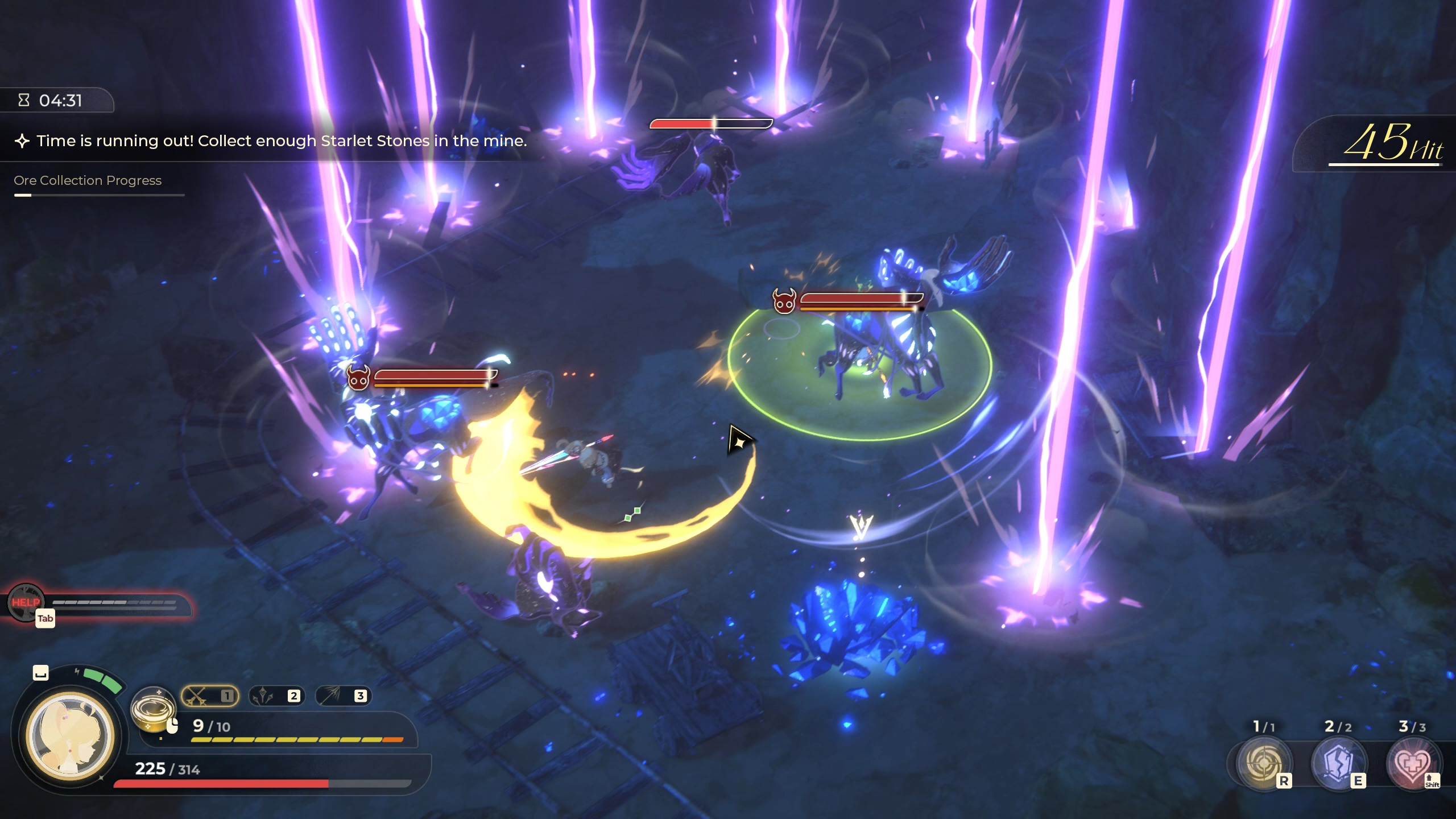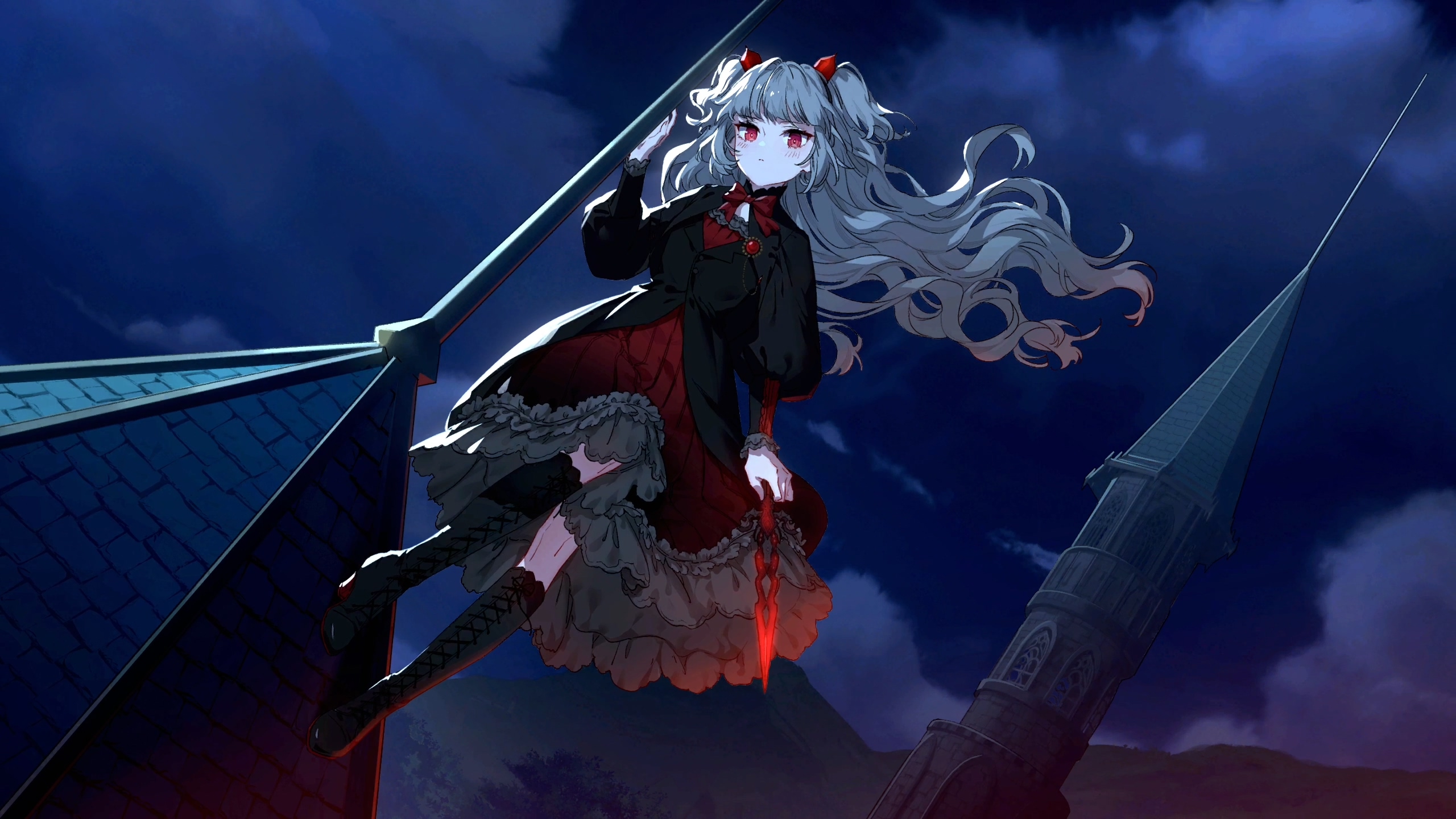Anime Corner got an opportunity to interview Caly Wang, producer at Gratesca Studio, about the studio’s newest game, Noctuary. Of course, we chatted about the game, but also about developing the process and effort that goes into making a game of this scale. Getting a glimpse into the behind-the-scenes of this visual novel-style game was an interesting experience due to the details that make Noctuary somewhat unique. Plus, if you are a fan of game development then you shouldn’t miss this interview as it offers insight into the production aspect of game-making.
Q: What part of the creation process do you like the most?
A: The polish phase! We like the process most because it’s where we felt the MAGIC TIME. Since some of our team members are new to video game development and we spent the most time in pipeline construction, the polish time is very precious to us. But we worked hard every week for the last three months, and team members started to find that their work was not isolated but connected with all other parts of the game. For example, combat can be strongly influenced by music design, environment concept, etc. It was the opportunity to see how a small decision at the beginning grows into a giant branch.
Q: As a developer and as a gamer, can you tell us what makes Noctuary unique or special?
A: As a developer, the truth is that a lot of the time, we’re thinking about one thing: how can we make the player feel a new and interesting expression? I think it’s hard for me to generalize what specific aspects make Noctuary unique. But the idea of our quest for uniqueness has never worn off. I think — not just for Noctuary, but for every game — it’s that spirit of the game developers that makes their work unique and interesting.
I honestly can’t comment as a gamer on what makes Noctuary unique. But I do believe that no matter what genre Noctuary is considered to be — visual novel, action game, or role-playing game — the player will be able to experience something that sets it apart from its peers.
Q: How did a normal day at your company while developing the game look like?
A: We run our studio in a quite flexible way; dev members can decide when they arrive with freedom, except that all members should be on-site between 1:30 PM to 6:30 PM. But I guess our studio is stuffed with energy in the afternoon. We don’t have too many meetings, we mostly shout to others across the office. So for me, it’s like super peaceful in the morning with soy milk and content reviews, working through a long campaign in the evening, and finally starting to work on some specific skill or level design at night…
Q: Was the ARPG combat planned from the start, or were you considering a different approach to combat?
A: At the beginning, we were aiming for turn-based-strategy combat but quickly found we needed more technical-wise. It’s for some more profound purpose. We are aiming to challenge the most famous franchises in the genre, and we know what we are good at, also where we lack most. So the ARPG combat was planned at the very beginning. We wanted to try to build our game in a dynamic and interactive way. ARPG combat was not the only design consideration for us, but also 3D pipeline, character anime pipeline, AI design, and all other necessary parts for a comprehensive game. Our goal is to create games that are appealing to both domestic and overseas customers, as well as different types of players.
Q: Were you planning to allow players to use two playable main characters from the start?
A: Yes, from the very beginning, we designed the game to include both main characters as actionable characters and more. When we were thinking about “what kind of elements other than visual novels should be added to Noctuary,” we did a lot of experimenting, starting with turn-based strategy games similar to JRPGs, and at that point, we were even ready to have all the characters you see now as playable. But when we finally chose the real-time action approach, we decided that too many playable characters would be too much for the player to handle, so we cut it back to two.
Q: Did the game development process go as you thought it would? Did the team encounter challenges they didn’t expect?
A: The most unexpected challenge comes from the novel script itself. Our previous work, Far Away, was well-received because of its circular narrative, so we thought it would be a piece of cake for us. However, in Noctuary, we found our novel was not fun enough to read by itself, which made all the different parts of the game feel fragmented. So we brought in the mission system and rewrote most of the script one year ago. It was painful but gave us a new chance to review how a linear plot creates suspense and twists, and gave us a chance to better implement the combat system and the 3D levels.
Q: Why did you decide to pick the visual novel storytelling style?
A: This result is based on the composition of our team members during the planning stage of the game. At the time, almost all of our developers were members of the team that worked on our previous title, Far Away (which was also a visual novel), mainly 2D artists and scriptwriters, so it was only natural that we chose a genre that we were capable of developing at the time.
Of course, we always wanted to add more gameplay mechanics to the game, so we recruited a number of developers with experience in action or role-playing game development. That’s how the ARPG part of Noctuary was added to the game, little by little.
Two young illuminators, Fancia and Alina, start their adventure in the bright and fascinating Inlixaland… …in pursuit of becoming trustworthy “Arborangers.”
Noctuary Synopsis
Q: Light vs darkness – could you tell us why was that the type of story you’ve chosen for Noctuary?
A: At first, I just wanted to design a story about lights (meaning lamps) because the lights are what inspired me to make this game. Lights are made by human beings to embrace light and dispel darkness. I think these small objects contain a romanticism that explains the relationship between man and nature. Therefore, I used various types of light sources (mainly artificial ones, such as lamps) as the prototypes of my characters, and the conflict of the whole story naturally used the theme of “the opposition between light and darkness.”
Q: Since the game comes from Chinese developers, do the character names have specific meanings in Chinese?
A: Yes, it’s hard to explain with examples, but most of the character naming in Chinese is carefully designed, and I’ll pick Chinese characters that are similar to that character’s archetype — mostly from more literary ancient poems — and sometimes I’ll design phrases made of those Chinese characters to have special meanings.
I also consider the meanings in other languages, such as Japanese. One of the main characters of the game, Lumina Fullmoon, is named after the character of Kaguya-hime in the traditional Japanese myth of the Takeshi Monogatari, which also symbolizes the moon.
Q: Can you share with us some of your inspirations that brought the idea of making Noctuary?
A: The inspiration for this story seems pretty random now. I was actually thinking about it one day while I was taking a walk, and then I saw some colored lights on a tree down the street and thought, “Why don’t we make a story about lights?”
Q: Is there anything you would like to tell aspiring game development teams?
A: Trust yourself, your team, and your players. The industry will always justify your work someday.
Noctuary was recently released on Steam. Combining anime-style art and visual novel storytelling, the game aims to appeal to established otaku fandoms. Gratesca is a Chinese video game developer studio so the original version of the game was published in Chinese, while the Steam edition comes in English, bringing this story to overseas fans as well.
We’d like to thank Gratesca Studio for this interview and we wish them the best with their future work! Keep an eye out for our review of Noctuary in the coming days.
Interview by: Jakub Kezja, Editing by: Tamara Lazic




Participate In Discussions